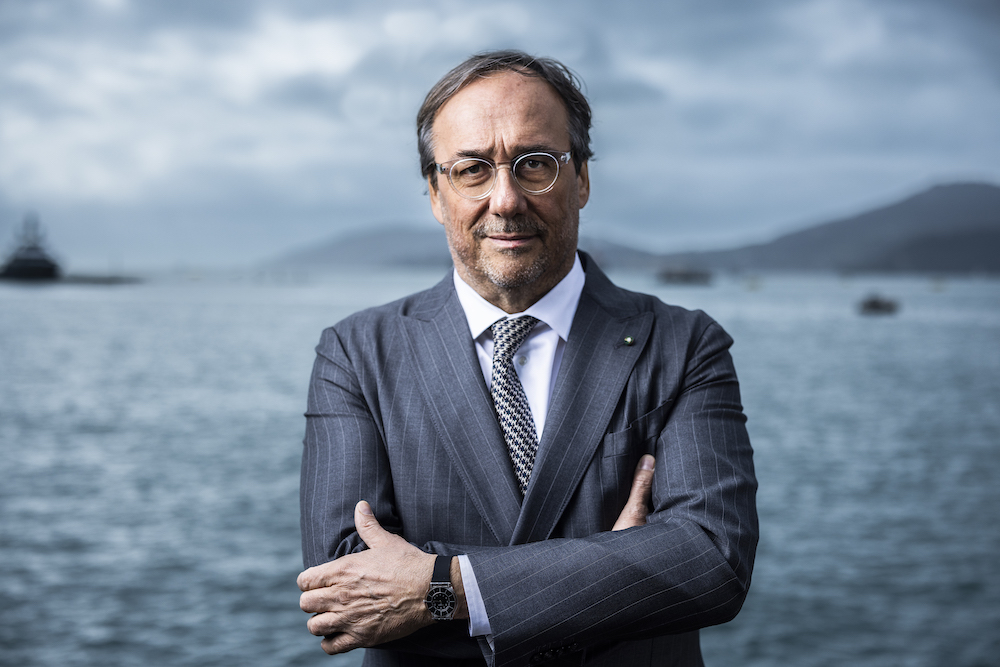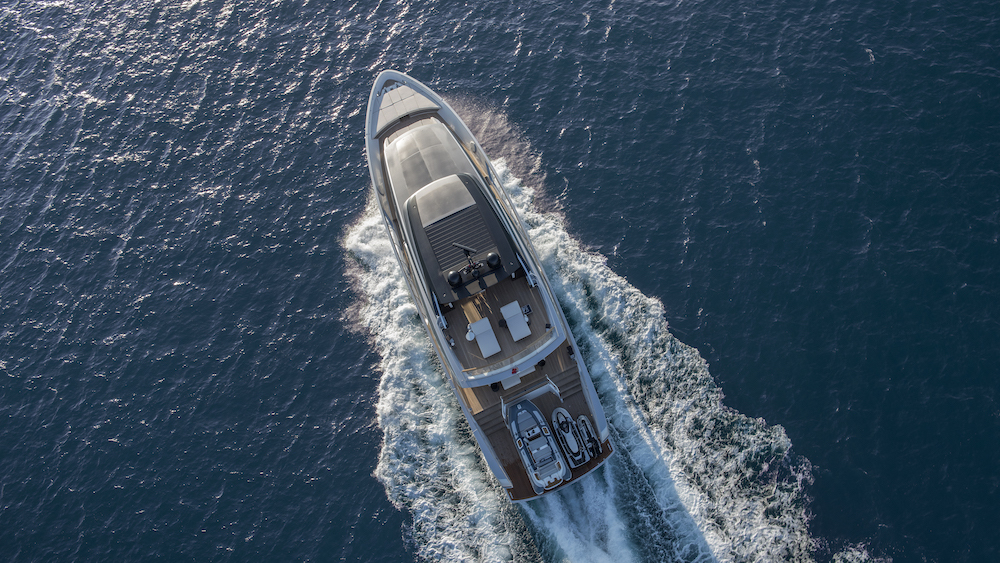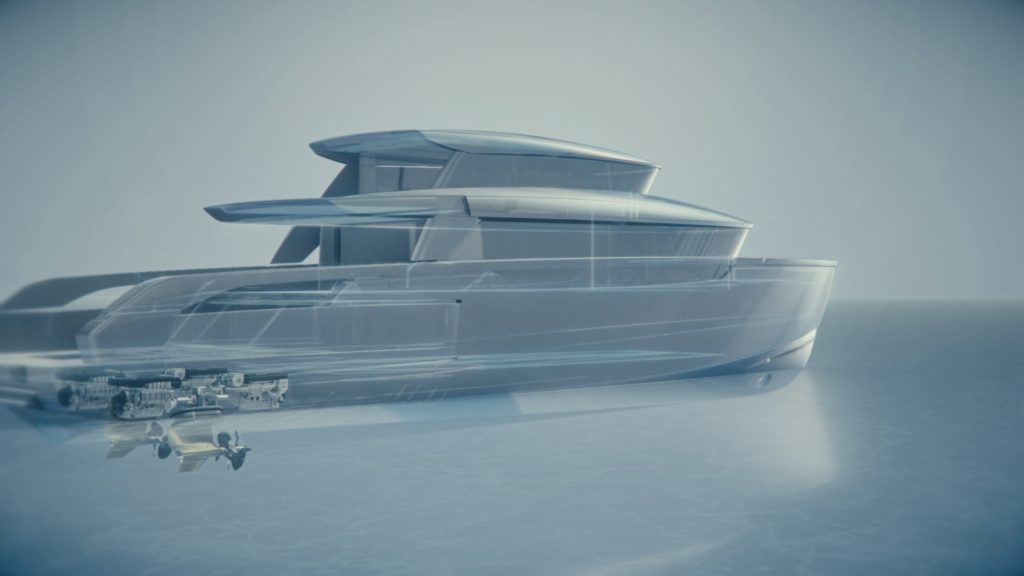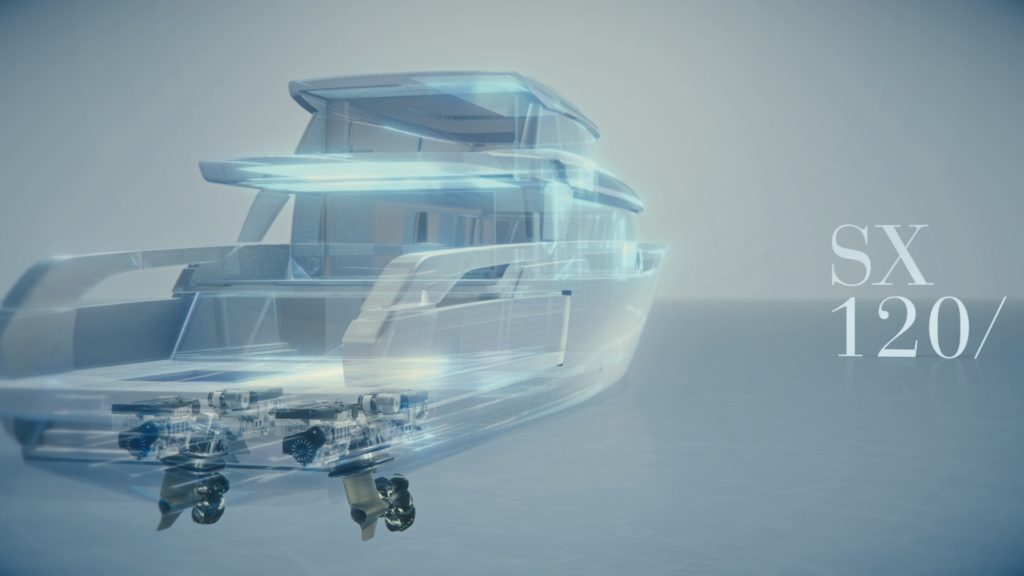Sustainability and innovation are at the heart of the partnership between Sanlorenzo and Volvo Penta presented at Boot Düsseldorf 2024. (Here all our posts about Sanlorenzo and Volvo Penta)

Sanlorenzo and sustainability
This collaboration once again testifies to the centrality of Sanlorenzo’s commitment to sustainability. The development of innovative technologies for carbon neutral power generation is, in fact, the first pillar of the 2023-25 Industrial Plan, and in this sphere the group operates through collaboration agreements with the world’s leading energy and E-fuel players, with the aim of revolutionising the entire nautical industry.

Road to 2030
Consistent with the route mapped out in the ‘Road to 2030’ strategy, Sanlorenzo has set itself the goal of launching the first 50 Steel equipped with a modular Reformer Fuel Cell system in 2024, capable of transforming green methanol into hydrogen and then into electricity to power all the hotellerie equipment, without storing hydrogen on board; and then, by the end of the decade, the launch of the first superyacht powered solely by green methanol, a true response to the nautical sector’s demand for zero-emission power generation. This will be made possible by continuous investment in innovation, the adoption of cutting-edge technological solutions and the enhancement of collaborations with partners who share the nautical industry’s sustainability goals, such as Volvo Penta.
A long-standing collaboration
The beginning of the collaboration between the two brands dates back to the launch of the SX88, the first in a range that would later be developed into a full series with smaller and larger models. This represented a happy and intelligent synthesis of the classic motoryacht with flying bridge, of which Sanlorenzo was and continues to be one of the world’s leading players. The SX88 was fitted with Volvo IPS1050 engines.

Volvo Penta is presenting the innovative IPS Professional Platform in Düsseldorf 2024, building on the revolutionary success of the Volvo Penta IPS with improvements in efficiency, extended cruising range, higher top speed and faster acceleration. An efficiency-driven system designed to optimise fuel consumption and reduce emissions, its technical features allow it to be installed on superyachts from 25 to over 55 metres in length with top speeds from 12 to 40 knots.

Sanlorenzo: towards zero-impact boating
The agreement marks a historic step towards zero impact boating. Demonstrating the strategic focus that characterises this partnership, Sanlorenzo decides to unveil at the Blue Innovation Dock in Düsseldorf the two new models on which IPS Professional Platform will be installed, a world first for yachts: Sanlorenzo SX120, whose launch is expected in 2025, and SX132, whose launch is expected in 2027.

The Volvo Penta IPS Professional Platform is a first in the marine industry and an example of cutting-edge engineering, blending seamlessly into the visionary design of Sanlorenzo’s yachts. The platform is the latest evolution in Volvo Penta’s fully integrated experience, from helm station to propeller. Predisposed for the combined use of energy sources, from combustion engines using renewable fuels to fully electric or hybrid solutions, it ensures greater efficiency by optimising energy use in real time according to sailing requirements.

The two SX Sanlorenzo models will be characterised by unprecedented flexibility in terms of space. Thanks to the compact dimensions of the Volvo Penta platform, the aft cockpit area can also be declined according to the owner’s wishes to the benefit of the layout.

These two innovations represent the evolution of the successful partnership between Sanlorenzo and Volvo Penta, a collaboration that aims to pool efforts to reduce the boating industry’s environmental impact through continuous research and innovation.





